-
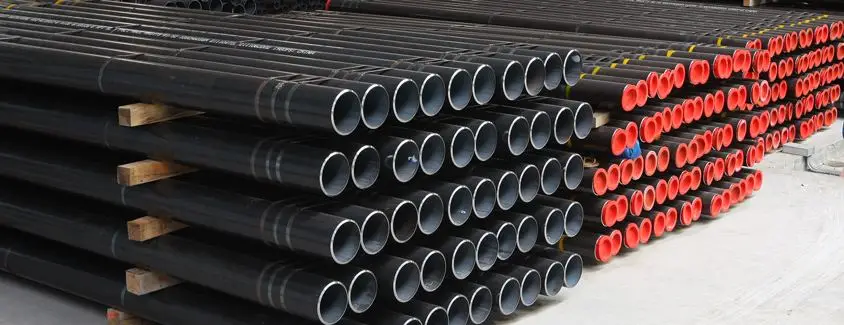
Knowledge summary of seamless steel pipes for tubing materials
-
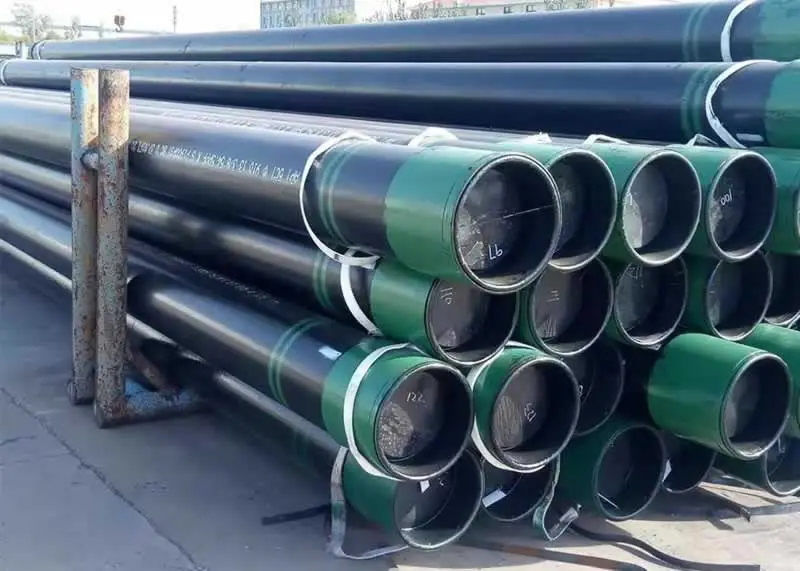
The tubing in the oil casing is a pipeline that transports crude oil and natural gas from the oil and gas layer to the surface after the drilling is completed.
-
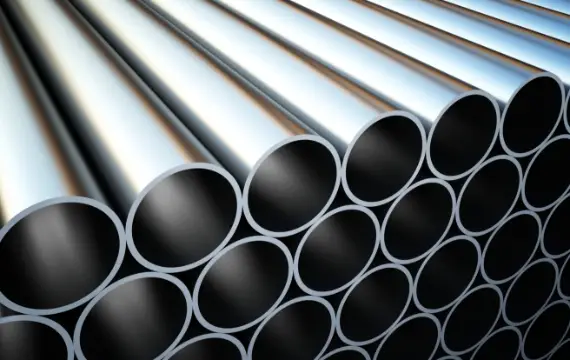
Stainless steel welded pipe standard
-
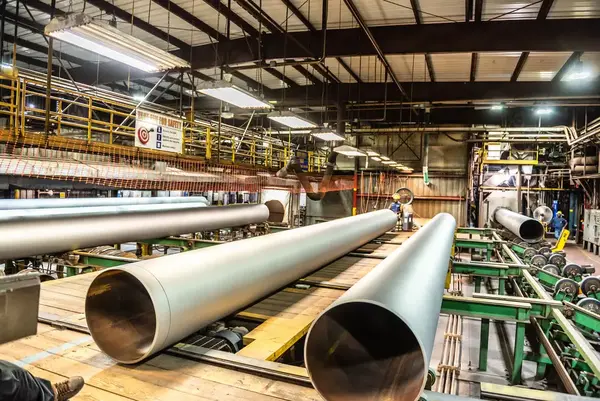
Steel-plastic composite pipe, large-diameter coated steel pipe
-
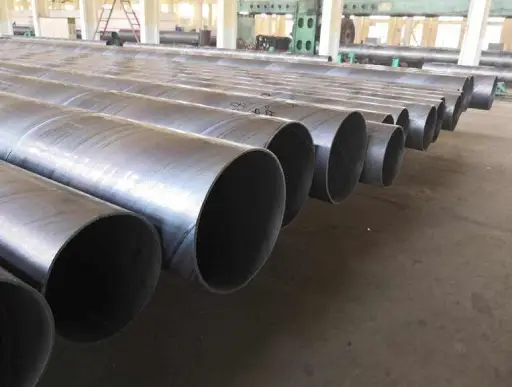
Spiral steel pipe production process: It is a spiral seam steel pipe welded by automatic double-wire double-sided submerged arc welding with strip steel coils as raw materials, often extruded and formed.
-
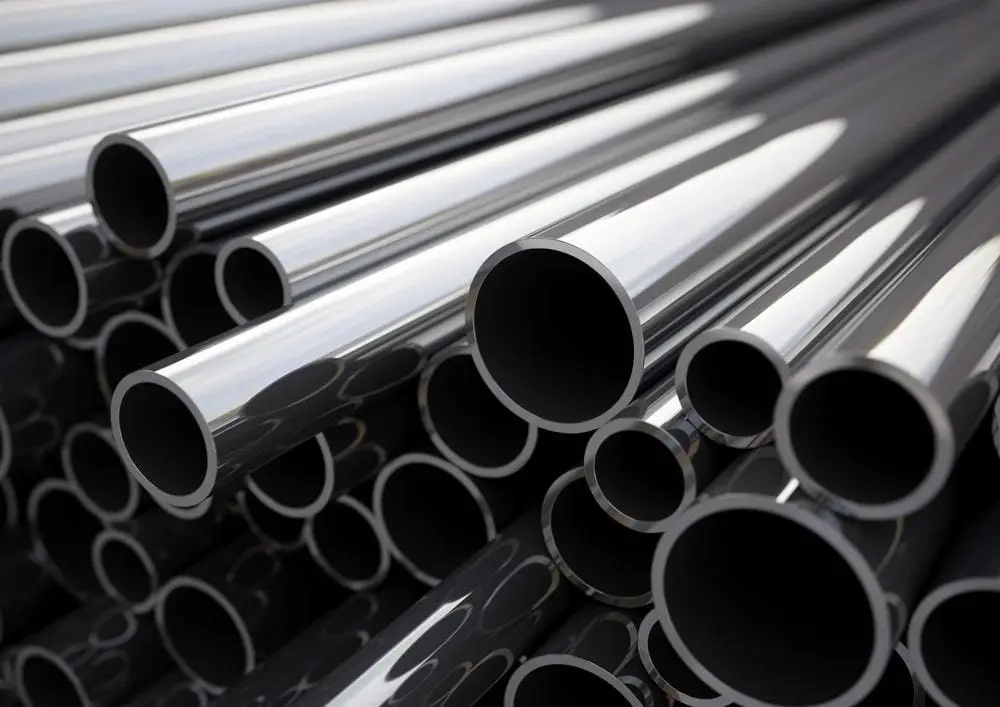
Stainless steel composite steel pipe
-
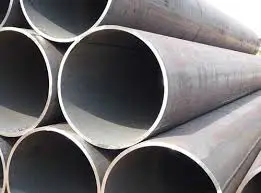
Seamless steel pipe
-
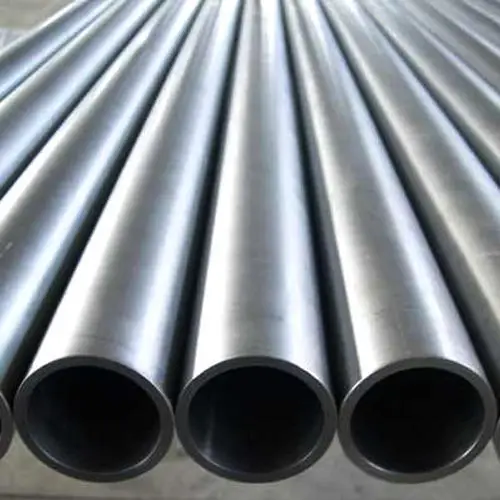
Alloy tube specification table
-
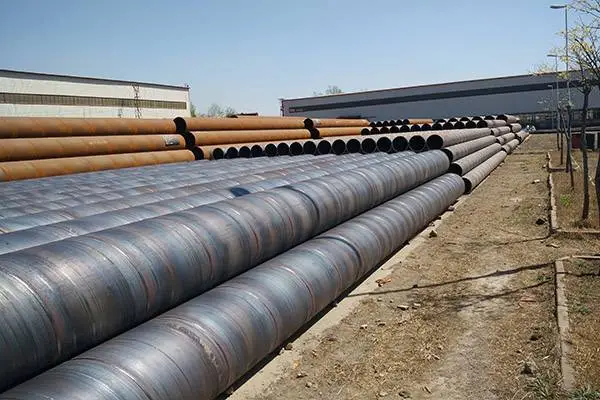
Spiral welded steel pipes refer to steel pipes with seams on the surface that are welded by steel strips or steel plates that are bent into round or square shapes.
-
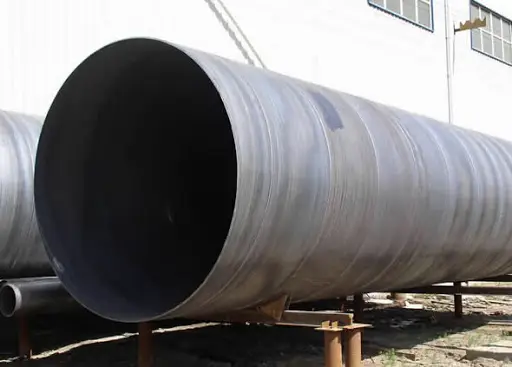
High-frequency welded pipes are generally completed through processes such as cold rolling, high-frequency welding, and forming. It is a kind of seamed tube.
-
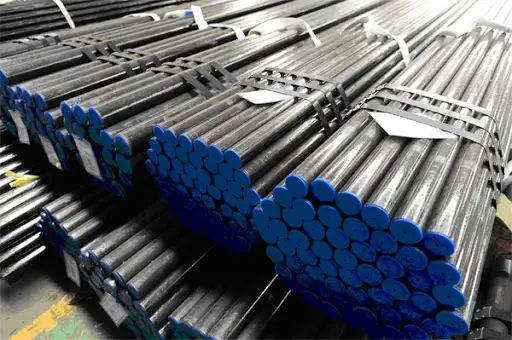
Ship Duilding tube specification table
-
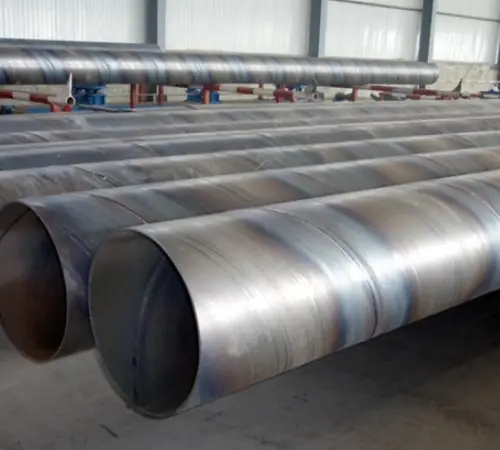
Welded steel pipes refer to steel pipes with seams on the surface that are welded after bending and deforming steel strips or steel plates into round or square shapes. The production process of welded steel pipes is simple, the production efficiency is high, the steel pipes have many varieties and specifications, and the equipment is less, but the general strength is lower than seamless steel pipes. Since the 1930s, with the rapid development of high-quality strip continuous rolling production and the advancement of welding and inspection technology, the quality of welds has been continuously improved, and the variety and specifications of welded steel pipes have increased, and they have replaced non-products in more and more fields. Seam the steel pipe.
-
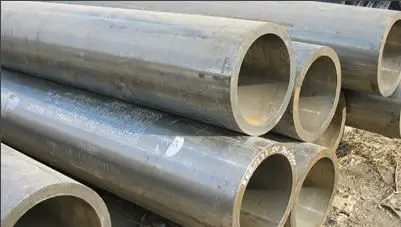
Cr5Mo alloy tube Average carbon content: 0.15%, chromium content: 4.00~6.00%, molybdenum content: 0.45~0.60%.
-
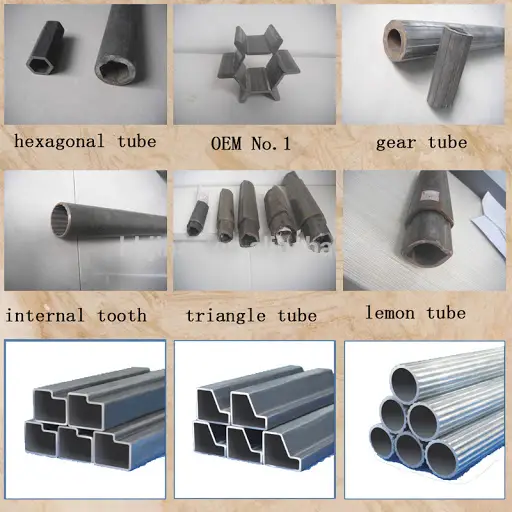
Shaped seamless steel pipe is a general term for seamless steel pipes with cross-sectional shapes other than round pipes.
-
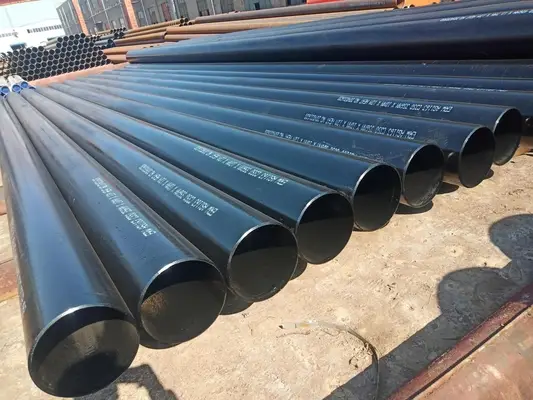
The biggest difference between high frequency resistance welded pipe (Electric Resistance Welding, ERW) and seamless steel pipe is that ERW has a weld, which is also the key to the quality of ERW steel pipe.
-
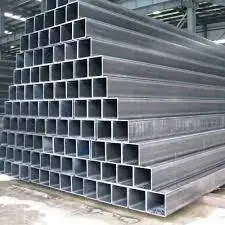
Knowledge of steel pipe and square steel specifications, models and weight tables
-
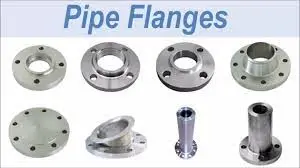
Flange is a disc-shaped part, which is the most common in pipeline engineering. Flanges are used in pairs. In pipeline engineering, flanges are mainly used for the connection of steel pipes. In the pipelines that need to be connected, a flange plate is installed in various ways. The low-pressure pipeline can use the wire flange, and the welding flange is used for the pressure above 4 kg. Add a sealing point between the two flanges, and then tighten them with bolts. Flanges with different pressures have different thicknesses and use different bolts. When water pumps and valves are connected to pipelines, parts of these equipment and equipment are also made into corresponding flange shapes, also known as flange connections. All connecting parts that are connected by bolts on the two planes and are closed at the same time are generally called "flanges", such as the connection of ventilation pipes. This type of parts can be called "flange parts". But this kind of connection is only a part of the equipment, such as the connection between the flange and the water pump, it is not good to call the water pump "flange parts". Smaller ones, such as valves, can be called "flange parts".
-
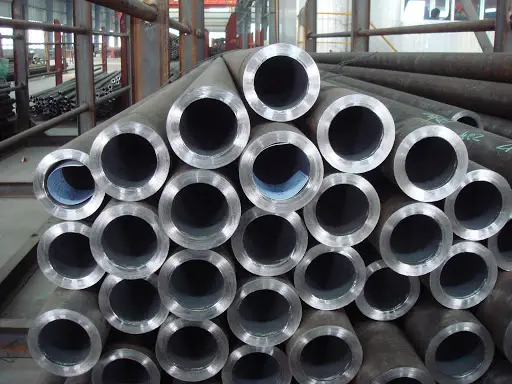
Seamless steel pipes have a hollow section and are used in large quantities as pipelines for transporting fluids, such as pipelines for transporting oil, natural gas, gas, water and certain solid materials. Compared with solid steel such as round steel, steel pipe is lighter when the bending and torsion strength is the same. It is a kind of economical cross-section steel, which is widely used in the manufacture of structural parts and mechanical parts. 1. The diameter of the pipe can be divided into outer diameter. , Inner diameter, nominal diameter. The outer diameter of a seamless steel pipe is indicated by the letter D, followed by the size and wall thickness of the outer diameter. For example, a seamless steel pipe with an outer diameter of 108, with a wall thickness of 5MM, is represented by D108*5, plastic pipe It is also expressed by outer diameter, such as De63. Others such as reinforced concrete pipes, cast iron pipes, galvanized steel pipes, etc. are expressed by DN. In the design drawings, the nominal diameter is generally used to express. The nominal diameter is artificially specified for the convenience of design, manufacture and maintenance. One of the standards, which is also the nominal diameter, is the specification name of the pipe (or fitting).
-
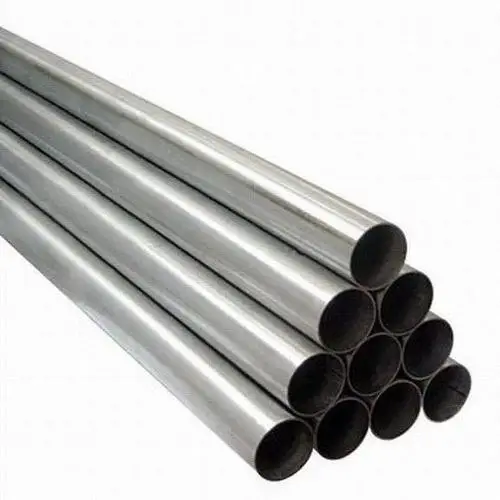
When brown rust spots (spots) appear on the surface of stainless steel pipes, some people think that "stainless steel does not rust, and rust is not stainless steel. It may be that there is a problem with the steel." In fact, some stainless steel materials with low nickel content are rusty, so the rusty material may also be stainless steel. Nowadays, stainless steel pipe applications are well-known. Stainless steel can also rust under certain conditions
-
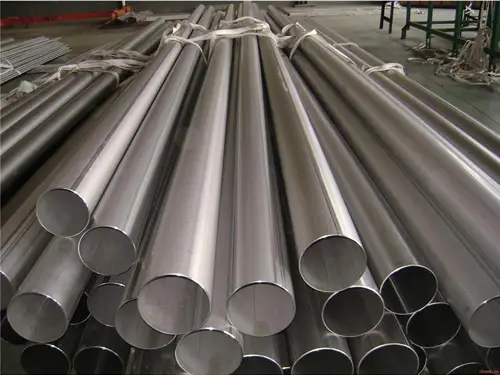
Seamless steel pipes are perforated from whole round steel, and steel pipes without welds on the surface are called seamless steel pipes.
-
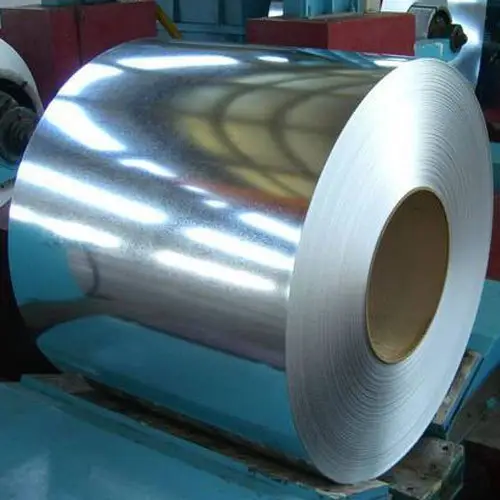
Galvanizing knowledge quiz




















